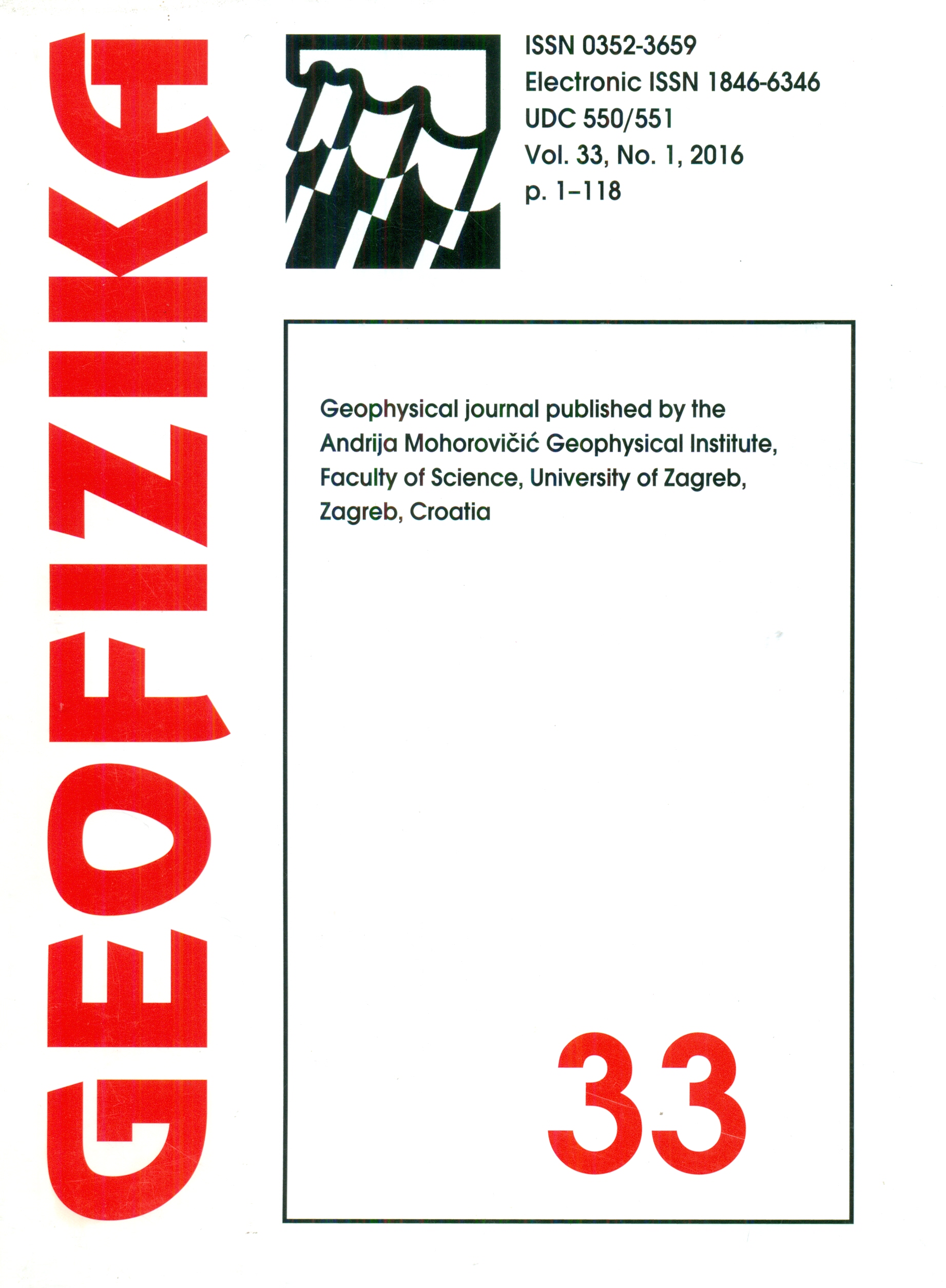Accounting for seismic radiation anisotropy in Bayesian survey designs
DOI:
https://doi.org/10.15233/gfz.2016.33.1Keywords:
Bayesian optimal experimental design, dipping scatterers, anisotropic radiation, layered media, model covariance matrixAbstract
are essentially anisotropic due to its ubiquitous stratified structure. This anisotropy seriously complicates formation imaging and data acquisition. This is most salient for deep-water subsalt reservoirs. Traditionally, point scatterers with isotropic radiation patterns are used in migration imaging, but in the survey design problem, these might lead to design errors caused by receivers being placed in poor locations with respect to the radiation pattern of the scattering structure. Here, we extend a framework which accounts for anisotropy in the scattered radiation for optimal geophysical survey design purposes. The propagation medium is assumed to be attenuative. The locally dipping interfaces are modeled as a discrete set of finite-size planar scattering elements. The general elastodynamic expressions for the sensitivity kernels, i.e., the vectors which mathematically represent the candidate observations, in the presence of the scattering elements are provided. The size of each element controls the width of its radiation pattern, which may in turn be used to characterize the uncertainty on the dip angle, thus complementing the information provided by the model-parameter uncertainties and ultimately leading to better geophysical survey designs.
Downloads
Published
Issue
Section
License
Copyright (c) 2021 Geofizika journal

This work is licensed under a Creative Commons Attribution-NonCommercial 4.0 International License.

